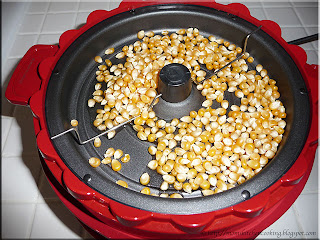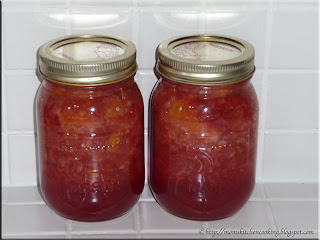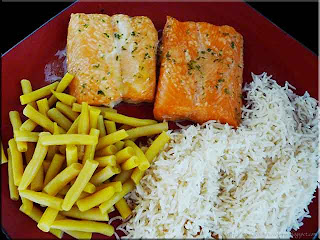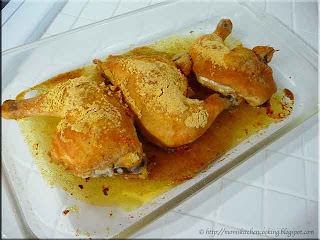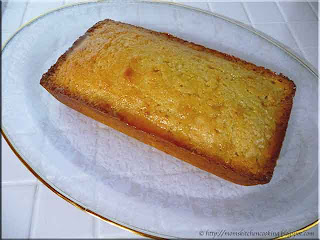I was looking through the very full freezers to find something a bit different for a summer meal when the temperatures took a bit of a dip even though the humidex was still quite high. One package of beef was labeled as braising ribs so I thought that would work well. Instead of using the slow cooker or conventional oven I braised the ribs in the countertop roaster. This small kitchen appliance gives the same results as a conventional oven without heating up the kitchen reduces our carbon foot print on high humidex days where using the natural gas grill is not as desirable.
The meat was nice and tender, fall off the bone. It was a bit fattier than I would have liked but the fat helped keep the meat tender as well. The mushroom soup formed a simple yet tasty gravy for the potatoes. I served with a side of steam broccoli. The meal took on more of a comfort meal which is surprising as we really needed it. The weather was wearing very thin on us with high temperature and humidity combined with violent storms. A little comfort food was needed!










